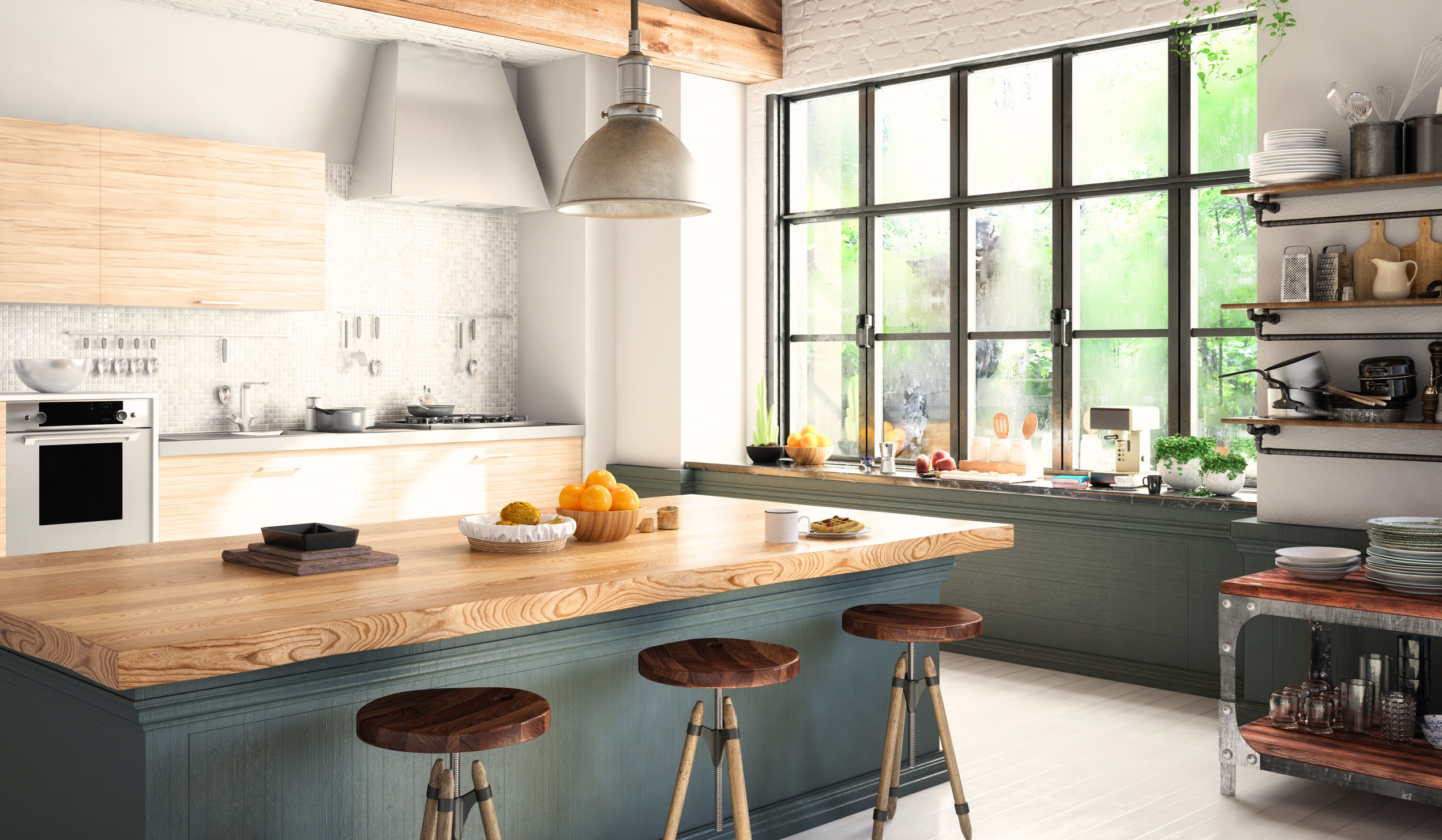Warm Kitchen Design: Color Isn’t the Only Way to Add Personality
How texture, contrast, and layout bring a space to life
You don’t have to go bold to make your kitchen feel personal. And you definitely do not have to panic if you’re in the middle of a kitchen renovation and suddenly worried your “safe” choices are looking a little… flat.
Here’s the truth: a warm, inviting kitchen doesn’t start with color. It starts with layering.
In other words, if your selections are looking kind of boring, that doesn’t mean they’re wrong. It probably just means you’re not done designing yet.
Let’s walk through how to bring your kitchen to life using a warm kitchen design approach that’s grounded in real-life materials, contrast, and composition, not just trendy finishes.
Warm Kitchens Start with Texture, Not Paint
A lot of people think warm = colorful. But the warmest kitchens I’ve seen often stay in a neutral palette and just layer materials in a way that feels cozy and complete.
Here’s where I always look first:
Textured bar stools or chairs (think woven, wood, or cane)
Natural materials like wood, rattan, and stone
Mixed metal finishes (yes, you can combine brass and black)
Soft lighting, like warm-toned pendants or a lamp on the counter
👉 Curious how these details show up in real kitchens? Check out this post: Good Wood for Cabinets: A Simple Breakdown of What to Know Before You Choose
DIY Kitchen Design Tip: Mix Your Metal Finishes
This is one of my favorite ways to make a neutral kitchen feel more designed, and it works at literally any budget.
If everything is brushed nickel, it can look a little one-note. So add in a second (or third) finish in smaller moments. Maybe your cabinet hardware is aged brass, but your faucet is matte black. Maybe your sconces are oil-rubbed bronze, but your island pendants are lighter and more delicate.
That balance creates movement in the space. And it’s a trick I use in both high-end and DIY kitchen design projects.
Warm Kitchen Design Is All About the Mix
Warmth is about more than color; it’s about contrast. A perfectly color-matched kitchen might look clean, but it won’t always feel welcoming.
Here’s what to play with:
Pair a wood island with painted perimeter cabinets
Layer in stone, butcher block, or hand-painted tile
Bring in warm-toned decor like ceramics, linen shades, or earthy pottery
Use open shelving to display collected (not overly styled) items
If you’re going for warm kitchen design without going full color-forward, this kind of tonal layering makes all the difference.
How Layout and Adjoining Spaces Add Warmth, Too
Another layer of warmth that’s often overlooked? The spaces around your kitchen.
Even if your kitchen itself is super simple with white cabinets and neutral counters, you likely have a view into a dining room, nook, or living space. Use that to your advantage.
Add a runner under your dining table, choose chairs with texture or tone, and hang artwork that brings in a natural color palette. These visual connections help your kitchen feel more layered and warm without changing a single cabinet.
👉 Need more inspiration for pairing finishes and creating visual contrast? Check out this guide to remodeling your home on a budget. It’s packed with ideas to help your space feel thoughtful without blowing your budget.
Design That Grows Over Time
When clients ask how to make a kitchen feel warm, I always tell them the same thing: stop trying to “finish” it all at once.
Warm kitchens evolve. You add a new cutting board, swap out a light fixture, and find a vintage stool at a flea market. It’s not always a big renovation moment. It’s the small stuff that adds personality and gives you room to grow.
If you’re doing a kitchen renovation on a budget, this is the best mindset to have. You don’t need to nail every layer at once. You just need to give yourself the freedom to let the space build naturally.
Designing a Kitchen That Actually Feels Like You
If your kitchen feels cold or too safe, don’t panic. It probably doesn’t need a total redo. It likely just needs a few thoughtful tweaks.
Warm kitchen design comes together through choices that feel lived-in, intentional, and reflective of how you actually use your space. Texture, contrast, and a few design decisions that make your kitchen feel like part of your home, not a showroom.
And Before You Choose Your Cabinets…
If you’re still working through selections, let’s make sure you’re not setting yourself up for one of the most common renovation regrets.
👉 Grab my free guide→ Kitchen Renovation on a Budget: Top 7 Mistakes to Avoid When Choosing Kitchen Cabinets
It’s short, clear, and packed with helpful insights to save you time, money, and layout headaches later. Especially helpful if you're in the thick of material decisions and want to avoid second-guessing everything later. 😉

